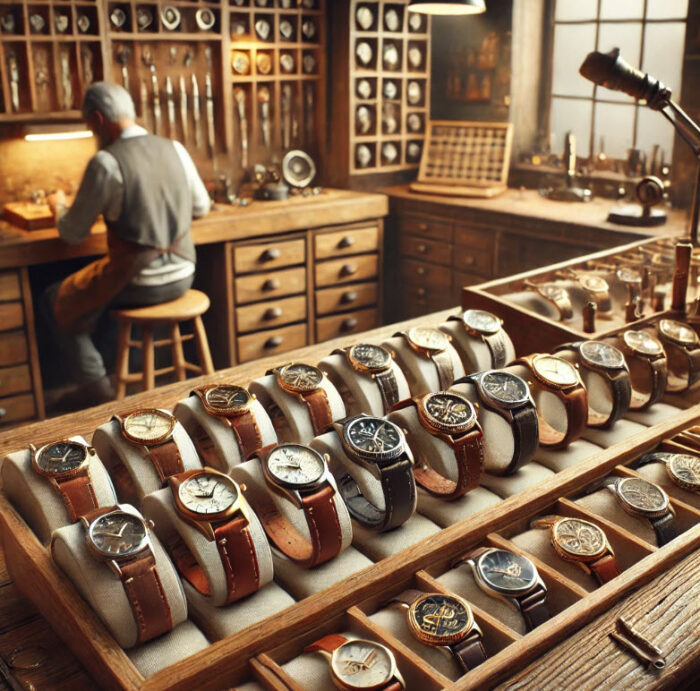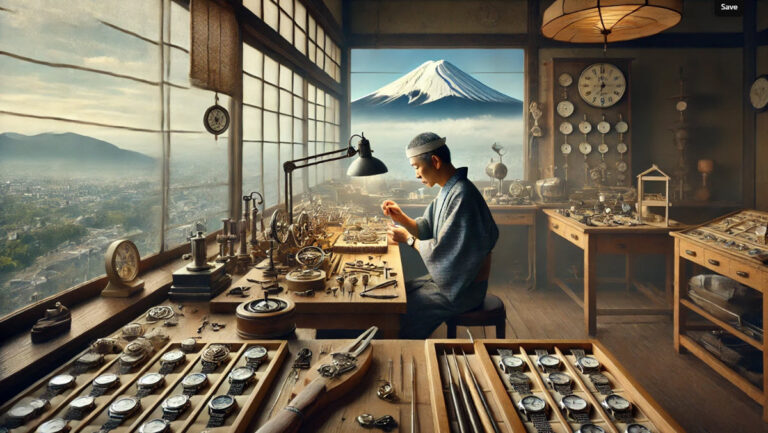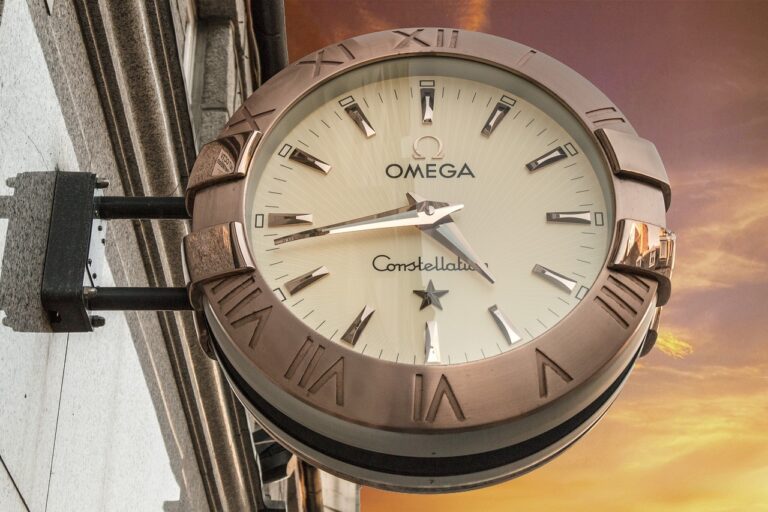The watch industry was immensely impacted in the latter half of the 20th century when the mass production of watches began. Having a watch became affordable for the general public due to companies like Seiko and Swatch utilizing automated assembly lines. Watches could now be produced at an astonishing rate exceeding millions and at a fraction of the cost of manual craftsmanship. Like most changes in the consumer market, this too was short lived as the automated production brought along a flood of drawbacks.
In this modern world of extreme globalization, the tattooed and branded era where consumerism is rampant, the traditional works like watchmaking stands out like an oasis in the desert. Hard handcrafted pieces of art show individuality in comparison to the conformist nature of mass production.
This piece aims to highlight the ever-growing charm of handmade items and try to provide reasoning as to why these unique devices are not only tools used to track time.

Mass Produced Watches Come to Rise
As quartz and digital watches flooded the market at lower prices, the perception of timepieces changed. They transformed from symbols of craftsmanship and heritage to fashion accessories. Amidst the standardized designs and materials, distinguishing artistry that defined high-quality watches was often absent. Consumers were provided with a variety of options, but their timepieces lacked character, story, and soul.
The Decline of Traditional Craftsmanship
An increased focus on rapid mass production led to a decline in age-old techniques used to make watches. Skills that had been passed on from master to apprentice over generations began to vanish. Several small, independently run workshops were forced to shut down as they were unable to compete with large corporations.
Many celebrated aspects of fine watchmaking such as hand-polishing, intricate hand-engraving, and assembly of movements became increasingly done by machines. Horology, the richly celebrated history of watchmaking, was threatened by the cost reducing and mass appeal mentality.
This decline, however, ignited a spark of realization among collectors and enthusiasts.
The Resurgence of Handmade Watches
Lately, more people are embracing the art of crafting watches by hand. A new chunk of the market catering to handmade watches emerged due to social media and art boutiques. People now seek more than just mass-produced copies. They yearned for expensive pieces and hooks to the specialists who made the products.
Independent watchmakers began to thrive again, gaining visibility through social media, international trade shows, and boutique platforms. These particular craftsmen shared their process to patrons, allowing them to see the abundance of effort that goes into every single watch. Handmade watches are now associated with originality and uniqueness – an attractive counter to the heavily mass-produced economy.
The Value of Craftsmanship in Watches
Handmade watches come with a rich history. Each tells the story of the people who spent days being creative and patient just to make the end result perfect. The skill that goes into making a watch starts from gathering high-quality raw materials, to the art of polishing the final product. Each tiny component is made to the highest standards, ensuring they can stand the test of time.
Handmade watches often present the following features:
– Distinctive hand-engraved dials or cases.
– Custom designs unique to the owner.
– Decorated and meticulously assembled mechanical movements.
– Generational longevity, enabling hand down to several generations.
Mass produced watches are uniform, lacking unique characteristics. Unlike crafted timepieces, handmade watches embrace their imperfections and singular features, which only adds to their value.
The Art of Watchmaking
Watchmaking resides at the crossroads of engineering and art; an equilibrium between the two. The process of creating a handmade watch is a culmination of numerous fields such as:
– Micro-engineering movement parts.
– Hand-engravement, hand-polishing and fine finishing.
– Designing dials and cases.
– Mastering tourbillons or moonphases.
It can take months, or even years to complete a single handmade watch. This process transforms them into wearable pieces of art along with devices.
The Benefits of Owning a Handmade Watch
Prestige or aesthetics aside, well-crafted timepieces showcase the owner’s appreciation for quality and are a timeless legacy piece. Other notable benefits include:
– Added value from exclusivity as many crafted watches are one of a kind.
– Stronger emotional connection knowing the story and process behind their timepiece.
– Sustainability: Promotes thoughtful consumption cutting down on waste and building to last.
– Long Term Value: Retained value or increased value over time for handmade pieces like watches.
Each piece is a story. The artisan’s vision, the owner’s taste, and the timeless celebration of craft over convenience.
Steps to Identify a Handmade Watch
It is critical to understand horological art techniques to identify a truly handcrafted watch. Here are some indicators:
– Transparency showcasing adorned movements
– Recorded details regarding the mix and materials used
– Published parts through limited runs
– Uneven marks indicating hand-finishing
– Hand-engraved movements or dials.
Independent watchmakers as well as established brands sell their crafted pieces with pride. They offer documentation about their production systems, so transparency is never lacking.
Handmade Watch Brands
Patek Philippe
Complicated, masterful finely polished movements, and uncompromising Swiss watchmaking traditions since 1839.
Lange & Söhne
Precise German Execution, with artwork in the form of hand engraved balance cocks and meticulous detail.
Richard Mille
Traditionally crafted modern designed pieces that break barriers of watchmaking with avant-garde timepieces.
Along countless independent artisans, these brands exemplify the immense creativity and craftsmanship abundant in the market for handmade watches.
Handmade watches can be regarded as personal possessions and treasures by their owners. They are crafted with care which adds to their value. Also, the brand heritage associated with them increases their market value, which either stays constant or appreciates with time.
Let’s discuss some factors to consider when investing:
- Reputation of the watchmaker
- Production volume (lower numbers are better)
- The model’s intricacy or uniqueness and its complications
- Options for servicing in the long-term
- Provenance and authenticity documentation
Handmade watches have been increasingly cherished by collectors as heirlooms to be kept, admired, and passed down over generations.
Conclusion: Why Not Now More Than Ever, Is the Time to Buy a Handmade Watch
In a time when the fashion industry is synonymous with fast fashion and things that are bought are simply thrown away after a short period of time, a wrist watch that is handcrafted becomes a testament to artistry because it requires tremendous patience and is a symbol of dedication.
Handmade watches remind us that what we require isn’t just luxury that comes with logos or big brands, it is the connection, craftsmanship, and most importantly the quality that is put into a watch.
In simpler terms, having a handmade watch means wearing history on your wrist and celebrating one’s self which supports those who are artisans and craftsmen who save the art of watchmaking.
At Evolution Watches, we believe that every watch handcrafted comes with a unique story. So if you want to find a watch that resonates with your story, stop by and visit us.




